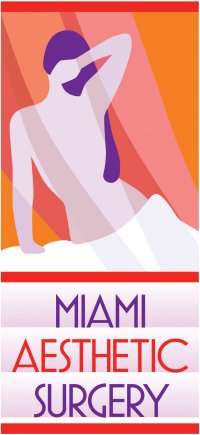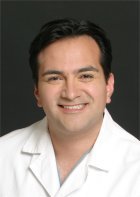
Earlier this month, we've seen the unfolding of an incredibly tragic story from Hollywood.
The body of a Playboy model was found in a suitcase in Orange County, California. The body had been mutilated and was not able to be initially identified.
The AP and Slate report that after traditional identification methods failed, the coroner used the serial number of the victim's Silicone gel breast implants to identify her.
How did the coroner and police do this?
What kind of information can the police obtain from a breast implant?
If it's a silicone gel breast implant that the patient received in the US, quite a lot. By accessing the manufacturer's breast implant database, a breast implant can let the police know the name of the patient, the patient's address, phone number, and social security number, and the name of the surgeon who placed the implant. Information can also include where and when the surgery was done, if the patient had any medical conditions, and if it was used in the right or left breast.
Do all breast implants provide the same information?
No. Silicone gel breast implants will provide more information than a Saline breast implant.
Silicone gel breast implants in the US are highly regulated and monitored medical devices and all Silicone gel breast implants have serial numbers on them. Board Certified plastic surgeons are able to use under specific conditions and with comprehensive tracking of these medical devices.
After a plastic surgeon places a silicone gel breast implant, they will add the serial number of the implant to the manufacturer's database. This database will also keep track of the patient's demographics, medical conditions, and the patient's course after surgery. The purpose of the database is to collect information on the the implants longevity and to make sure that they remain effective. It also helps keep track of failure/deflation rates and other problems that may occur.
In the US, a Saline breast implant is not as closely regulated.
There is no national tracking program or database for Saline breast implants.
However, Saline breast implants have serial numbers as well. The police or a coroner can contact the manufacturer with this serial number and they can then be forwarded to the office of the plastic surgeon who placed the implant. In our office, every patient has a complete medical record with demographic information, etc. Fortunately, we have never been contacted by the police or a coroner to help identify a patient. I hope that that never happens.
Silicone gel breast implants aren't the only medical device that are closely monitored and tracked. In the US, we also have national tracking databases for defibrillators, heart valves, and some hip/joint replacements.























